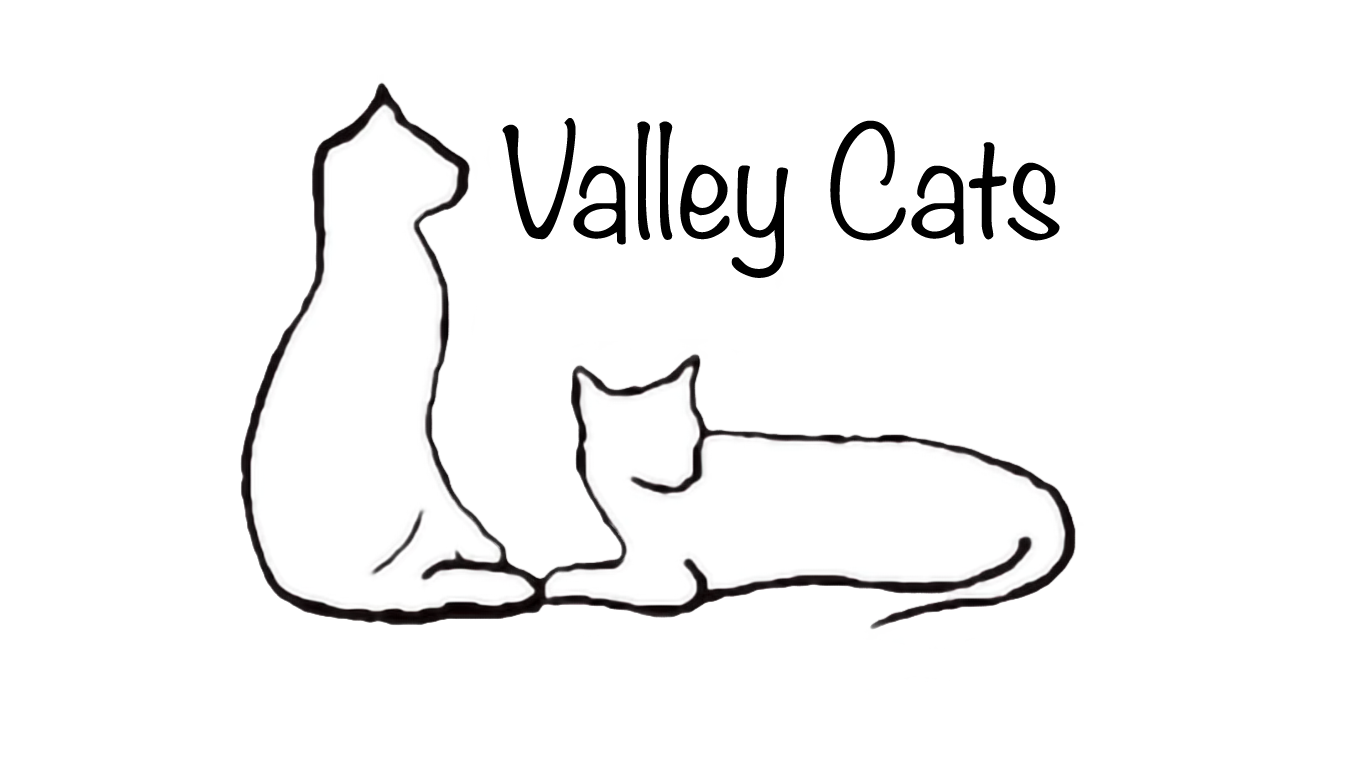Diarrhea
Diarrhea can be life-threatening to a kitten. It drains the body of essential fluids and causes dehydration. When dealing with diarrhea, there can be several reasons to think about:
Worms and/or parasites
Underfeeding or overfeeding
Illness
Improper hygiene (you may not be cleaning the kitten’s fur properly and it is ingesting bacteria)• WHAT IS NORMAL: Poop should be brown and solidly formed.Checking a kitten’s poop may not be the best job in the world, but it can save lives. As with humans, color indicates health.• ABNORMAL STOOL – SEE VET IMMEDIATELY:
Black: might indicate bleeding in the upper portion of bowel.
Bloody: bright red blood seen in the stool might indicate illness such as panleukopenia.
Mucous: yellowish/white/clear slimy substance might indicate severe bowel irritation.
Orange: too much bile in stool perhaps occurring with reflux.
White: very abnormal, indicating severe bacterial imbalance and severe bowel infection.
Yellow: bacterial imbalance in bowel. The diarrhea is usually related to coccidia.
CONSISTENCY OF ABNORMAL STOOL – SEE VET IMMEDIATELY:
Cow-patty: not formed but thick enough to fall into a “cow-patty” shape.
Dry/hard: usually indicates dehydration.
Formed but soft: low range of “normal.” If stool becomes soft, go to vet.
Liquidy: fluid coming out of rectum, thin, with or without mucous.
Squirty: no control over bowel. Watery fluid squirts out of rectum.
Toothpaste: somewhat tubular but falls apart when touched.
URINE AND WHAT TO WATCH FOR
Water in, urine out! That’s the way a normal body functions. This is why keeping your kitten well -hydrated is so important. We have already mentioned that there are times when a weaker kitten may need subcutaneous fluids to help maintain good hydration. Since we cannot be there every minute to watch the kitten urinate, we can at least watch carefully to see the color of the urine and take appropriate action. As a means of monitoring the kittens’ urine, place the kitten on a pan with a clean white paper towel until it urinates. The color will be evident.
WHAT IS NORMAL: Urine should be mid-to-light yellow.
ABNORMAL URINE – SEE VET IMMEDIATELY:
Severely dilute (clear) urine: Risk of over-hydration. Seek attention.
Concentrated (dark yellow) urine: Insufficient hydration. Needs immediate care.
WHAT IS HYDRATION?
Hydration has to do with the amount of fluid in the body. A normal intake of fluid creates a healthy skin “turgor” whereas not enough fluid intake creates a situation that can be life- threatening if not dealt with immediately. “Snap back” is the amount of time it takes for the skin to return to normal after being lifted. Using thumb and index finger, pull the skin between the shoulder blades straight up and see how long it takes for the skin to snap back to normal.
Immediate snap back: excellent hydration. Monitor for over-hydration at this stage.
Quick snap but not immediate: hydrated. Monitor to be sure kitten has adequate fluid intake.
Snap back within one second: adequate hydration. Monitor closely for other at-risk signs.
Snap back 1-3 seconds: dehydrated. Needs immediate attention.
Stands up on own: severe dehydration. Dying. See vet immediately.
